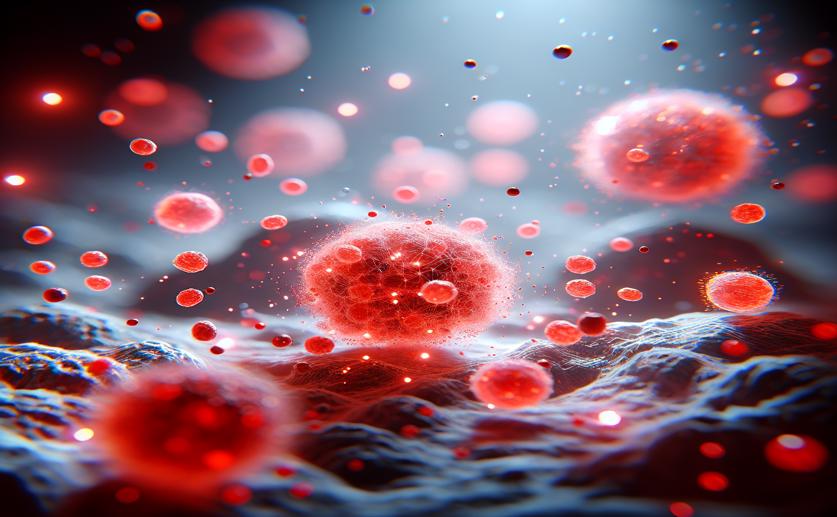
Tiny Natural Fighters: New Red Glowing Dots Target Cancer with Iron Reaction
David Palenski
18th January, 2024

Image Source: Natural Science News, 2024
References
Main Study
1) Small Warriors of Nature: Novel Red Emissive Chlorophyllin Carbon Dots Harnessing Fenton-Fueled Ferroptosis for In Vitro and In Vivo Cancer Treatment.
Published 17th January, 2024
https://doi.org/10.1002/smll.202309283



 16th January, 2024 | Jenn Hoskins
16th January, 2024 | Jenn Hoskins